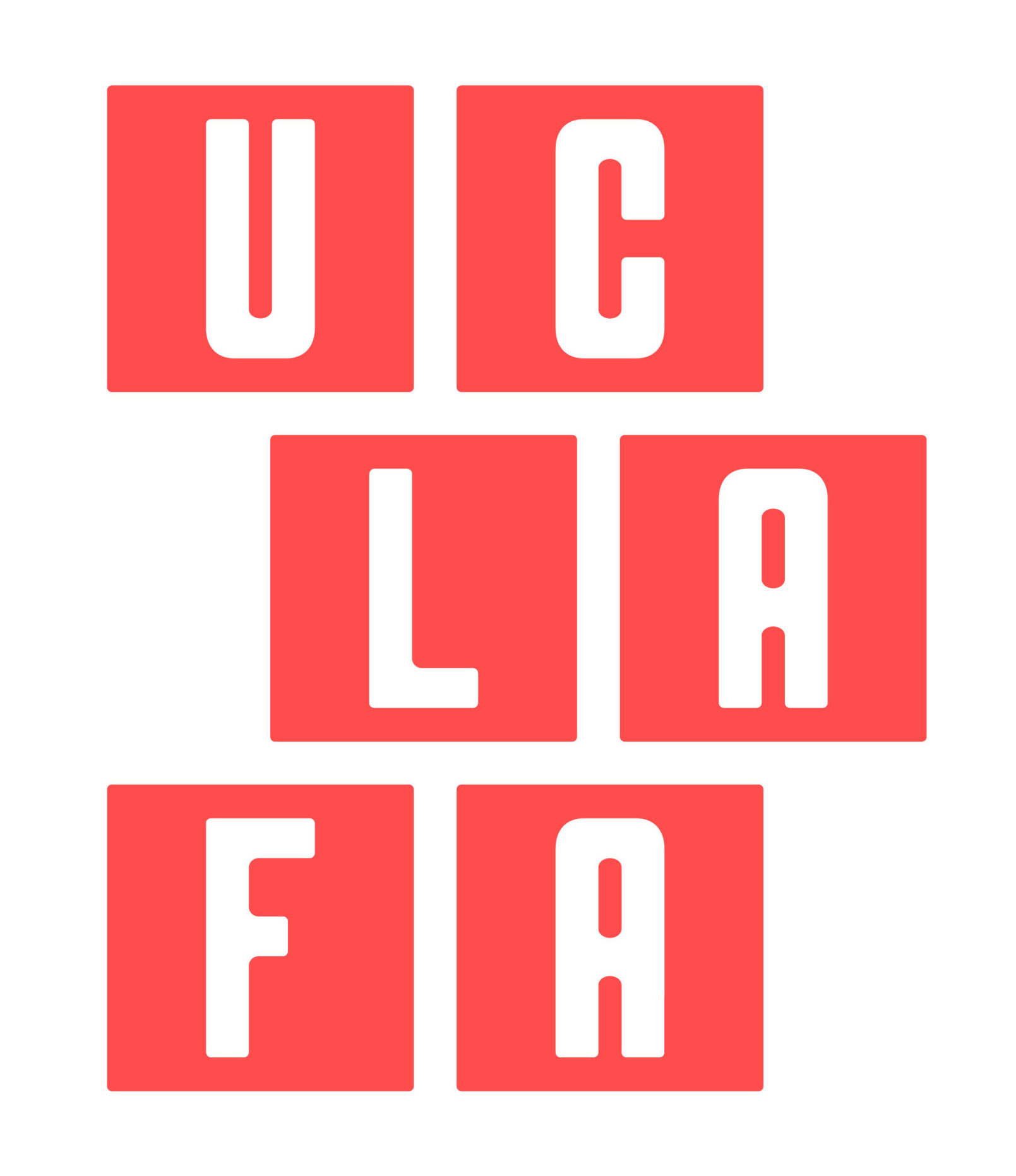New financial pain looms for UC students

By Max Theiler | 07/15/10 12:00 AM PST Capitol Weekly
Excerpts. Full article at:
…
UC is set to raise student fees an additional 15 percent for both graduates and undergraduates when classes begin in September. On top of last January’s 15 percent increase, the new fee hike means resident undergraduates will be paying 32 percent more in fees for their education than they were a year ago – a boost of $1,334 per quarter.
…
In its 2010-11 budget request, UC said it would “revisit fee levels for 2010-11” if state funding requests were met.
The Legislature has approved the governor’s plan to restore $305 million of last year’s general fund cut to UC, as well as $51.3 million in additional funds to accommodate for the growth in enrollment which has taken place since 2008-09 in spite of consistently reduced funding.
These reinvestments, however, fall well short of the UC’s $902 million budget request, which includes $155 million for preserving the last two years’ unfunded enrollment growth. The new fees are expected to raise a little over $500 million, bringing total UC funding to 2007-08 levels but not completely covering the University’s billion-dollar deficit.
…
In 2004, the governor signed an agreement with UC called the Higher Education Compact, which laid out the amount of funding the UC would receive for the next six years, providing for a 2.5 percent per year growth in total enrollments.
But full funding as promised by the Compact has not come through since the 2007-08 state budget, despite rising costs and a growing student body.
The state cut $814 million from UC’s 2008-09 budget and $637 million from 2009-10. A $716 million cash infusion from the American Recovery and Reinvestment Act, President Obama’s federal stimulus package, covered some of the gap but the rest has been accommodated for with spending cuts, salary reductions, and fee hikes.
…
The recent hikes have also drawn attention to what some critics describe as the privatization of the state’s public universities. From 1990 to last year, the amount of general funding per student the UC has received from the state has nearly halved, while the students’ share of this burden has tripled.
…
And while the 32 percent hike might make the UC unattainable for some students paying out of their own pockets, other measures have in some respects limited the damage to lower-income families.
“What the University has strived to do,” said UC spokesperson Ricardo Vazquez, “is have a very robust financial aid program to mitigate the impact of higher fees.” One-third of the revenues from student fees are dedicated to financial aid. The minimum family income level, under which qualified applicants from resident California families are not required to pay their own student fees, has been raised from $60,000 per year to $70,000 per year.
…
Even if the levels of UC funding currently proposed in the budget bill remain as they are, the UC’s revenues, including the revenues from the fee hike, will still be $237 million short of expenditures after debt restructuring. President Mark Yudof’s 2009-10 furlough plan to cut salaries expires in August, and he has stated his commitment to preventing further furloughs in 2010-11. But without more money from the state or further fee hikes, it remains unclear how else the University will bridge this gap.
